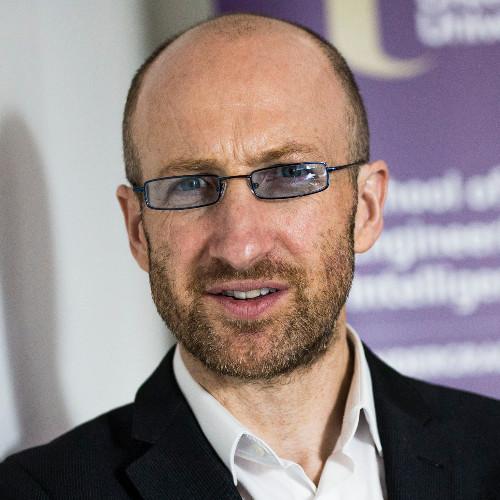
Written by Professor Kevin Curran, Professor of Cybersecurity at Ulster University

The rollout of 5G in Ireland and Northern Ireland began during the summer of 2019. There are, however, delays due to geopolitical pressure from the USA with regards the leading 5G manufacturer - the Chinese Huawei company.
President Trump has highlighted the need for the UK to 'toe the line' and reject Huawei’s 5G involvement or the US would have to reconsider its existing intelligence sharing with the UK. This of course is extraordinary. The US has forced all US companies to adhere to an 'entity list' which forces them to obtain a licence to sell components to Huawei. Now they are seemingly expanding this ban across the globe.
The UK has seemed to ignore the US warnings about using Huawei equipment as the UK National Security Council recently stated that Huawei could build some parts of Britain’s 5G networks. Although earlier this week Boris Johnson has suggested that the UK will comply with the American stance on banning Huawei equipment within the country's 5G network. This will delay rollout as many of the leading mobile telecommunications companies have been preparing to use Huawei in their 5G networks.

In the Republic, Three announced this week that they have selected Ericsson over Huawei for its 5G network in Ireland. Eir Mobile uses a combination of Ericsson and Huawei for its 5G mobile network. There are some rollouts to date including Vodafone Ireland which launched 5G services in Dublin, Cork, Limerick, Galway and Waterford during the summer.
In the North, Belfast is one of the first UK cities to have 5G. Other smaller scale rural 5G deployments took place in the North via the Rural Connected Communities competition.
5G is the latest iteration of a mobile network. 5G brings in the super low latency which enables a new breed of applications and services. It aims to improve the delivery of content and applications with super-fast broadband on the go. Use cases already being realised, including Augmented Reality (AR) and Virtual Reality (VR), which benefit from lightning-fast response times and low latency communications; connected cars, which also thrive in high-bandwidth, low-latency, highly available settings; and other Internet of Things (IoT) applications that rely on high performance and smart utilisation of network resources. Speed, efficiency and scalability are some of the exceptional benefits that 5G can bring.
The problem however for consumers at present apart from the small number of areas where it is offered in Ireland and the lack of 5G capable devices is simply the price of a 5G contract. The tariffs for 5G are premium and the cheaper tariffs offer reduced bandwidth allowances which can be easily consumed by a 5G device.
 Huawei's offices (c)
Huawei's offices (c)
There is also a strong grassroots campaign to stop 5G rollouts due to fears over radiation. This is similar to the previous worries over mobile phones causing brain cancer to “frying” men’s testicles over the years. 5G communications use non-ionising radiation which means that it does not carry enough energy to tear electrons away from atoms and turn them into ions i.e. ionize. For instance, it is this electron-stripping that means X-rays can cause cancerous mutations in our DNA. The World Health Organisation (WHO) however has stated that "the weight of evidence suggests that if radio-frequency emissions have any effect on humans at all, it is, according to the World Health Organisation, about on par with other “possibly carcinogenic” substances, including coffee and pickles.”
There can be scaremongering about 5G but due to the difficulty in accurately measuring the effects conclusively of 5G radiation on humans, it is not as clear as to how 'extreme' it is. What we do know however is that over the past 30 years, billions of people around the world have been subjected to a public-health experiment of using a mobile phone and there has been no significant trend in health issues identified as a direct cause.